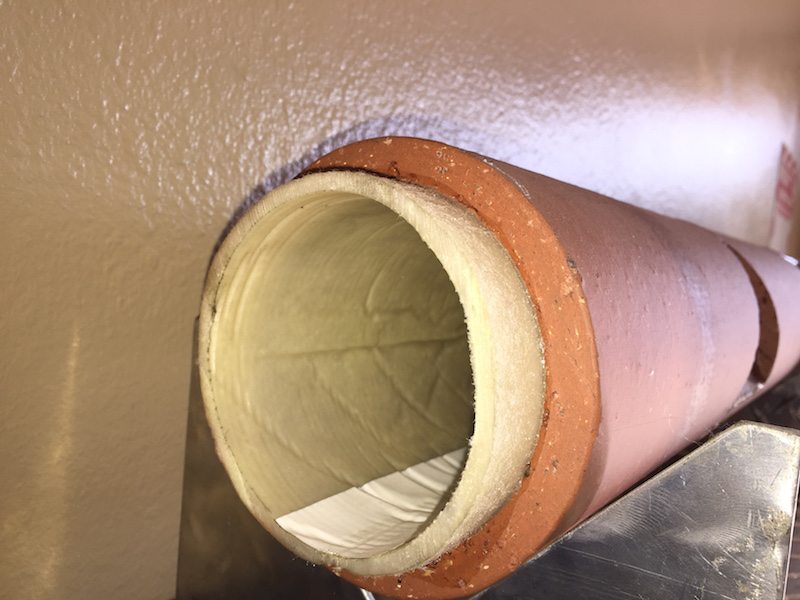Will CIPP Last?

Trenchless technology is a surefire way to repair damaged pipelines, which is why CIPP is so popular. Since its invention in the 1970s, CIPP has become a widely used method for pipeline rehabilitation. It is instrumental in urban areas where excavation and replacement of pipelines can be costly and disruptive.
However, like any technology, there are questions about its longevity and effectiveness. Read on as we examine CIPP as a viable pipeline repair and rehabilitation method.
Why CIPP Affects Longevity
Cured-in-place pipe lining involves inserting a flexible liner, typically made of a polyester-based material, into the damaged pipeline and then curing it with heat or UV light, creating a new pipe within the old one. The new pipe can last for up to 50 years or more, dependent on certain factors, including;
The Materials
Most CIPP liners are made of polyester or vinyl ester resins, known for their durability and chemical and environmental degradation resistance. However, there are concerns about the long-term performance of these materials, particularly in areas with high temperatures or exposure to UV radiation.
Manufacturers constantly develop new materials to address these concerns by withstanding harsh environments and providing long-lasting performance. For example, some liners now consist of reinforced fibers, such as fiberglass or carbon, providing additional strength and durability. Others are coated with specialized materials to protect against UV radiation and other environmental factors.
The Installation Process
CIPP’s success relies heavily on appropriately installing the liner and factors such as the pipeline’s condition, the placement’s accuracy, and the curing process’s effectiveness. Any errors or deficiencies in the installation process can lead to premature liner failure.
Professional companies develop specialized training and certification programs for CIPP contractors to guarantee the highest installation quality. These programs cover pipeline assessment, liner preparation and installation, and quality control and assurance. By ensuring proper training, companies can minimize errors and ensure the longevity of the procedure.
Pipe Condition
CIPP typically applies to pipeline rehabilitation rather than replacement, meaning that the existing pipeline’s issues can affect the liner’s performance over time.
To address these issues, experts offer services that include a thorough evaluation of the pipe condition before installation of the CIPP liner. It helps identify and address any underlying issues and ensure the liner performs optimally over time.
The effectiveness of CIPP is tested and trusted, and technological advancements have made it easier to use and more affordable. However, property owners must consult a professional service with the appropriate equipment and know-how. Contact us at What is CIPP, where our expert team conducts video inspections before performing any repairs. It helps us gauge the damage and determine the ideal fix.